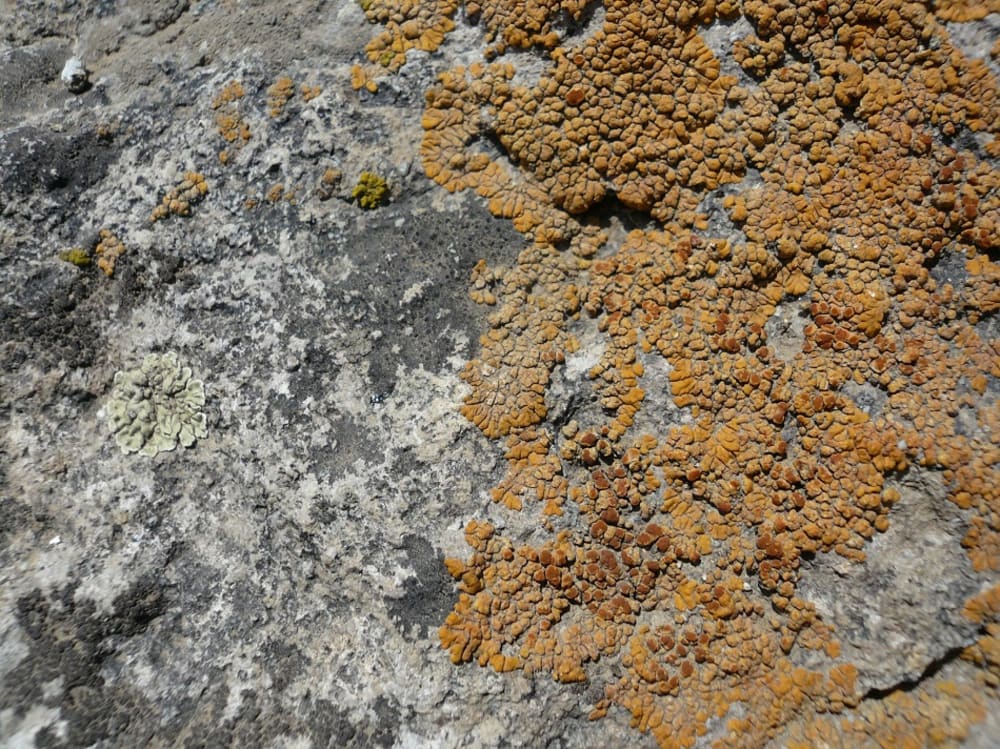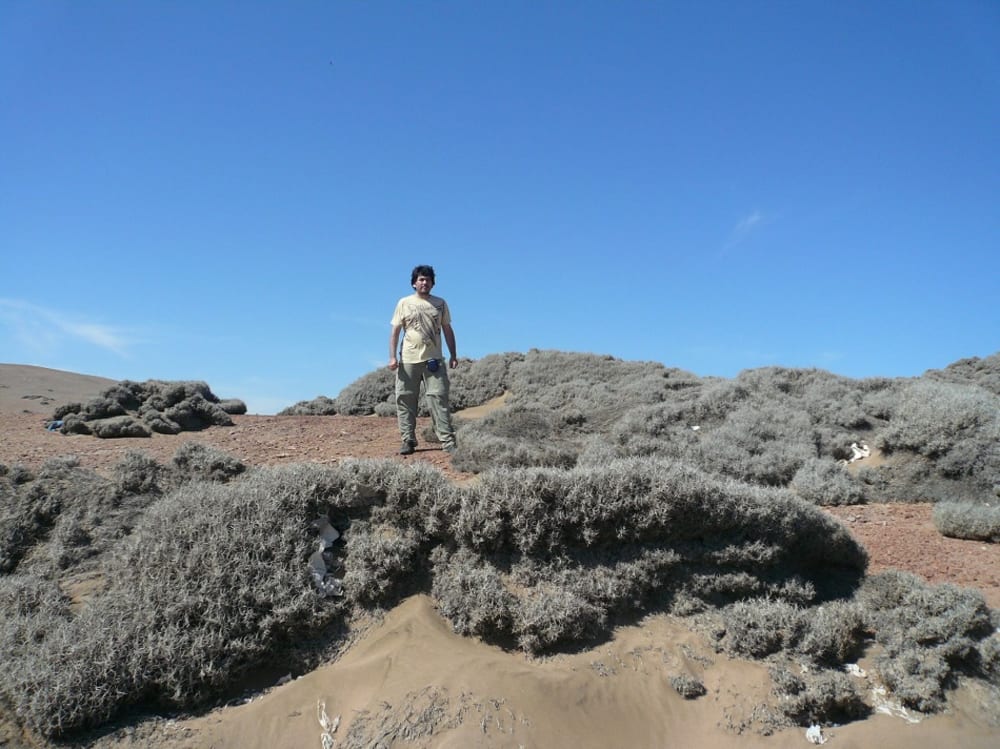Finding life in the Universe entirely different to the one evolved on Earth elsewhere is plausible. This is a significant constraint for life-detecting instruments that were sent and may be sent elsewhere in the solar system, as how could we detect life as “we don’t know it”?
Here we argue that disregarding the type of lifeform that could be envisioned, all must share in common the attribute of being entities that decrease their internal entropy at the expense of free energy obtained from its surroundings. As entropy quantifies the degree of disorder in a system, any envisioned lifeform must have a higher degree of order than its supporting environment.
Here we show that by using our fractal mathematics analysis tool alone, one can readily quantify the degree of entropy difference (and thus, their structural complexity) of living processes as distinct entities separate from its similar abiotic surroundings. Future explorations in the solar system, like Mars or Titan, may incorporate this concept in their mission planning.
The software we created for our analyses, “FrAn” (for Fractal Analyzer), is a software we compiled to perform harmonic and wavelet analysis of digitized images and calculations of their fractal parameters based on the box counting technique.
As a proof of concept, we focused on two extreme environments as models, which in addition represent two scales of size. First, we analyzed lichens growing on rocks at high altitude on the Andes Mountains of Chile (Image 1). Lichens are important drivers of biogeochemistry and the first lifeforms to colonize barren environments. By using FrAn we show that indeed, the complexity structure of bare rocks and lichens differ and are readily separable. In order to test our hypothesis at a larger scale, we applied our analysis to banded vegetation patterns of Tillandsia plant species growing on the Atacama Desert (Image 2), comparing them with geological banding structures of similar appearance found in the area. Similarly to the case of lichen analysis, Tillandsia banding growths also showed a complexity structure that differed and was readily separable from similar geological banding structures.
A number of applications may be envisioned for the approach presented here; rovers on distant planets could be “taught” to use the LPI with the aid of artificial intelligence as a way to tag features that human experience intuitively classify as “interesting”.
Potential fossil structures could be compared with this method, in order to appraise its true biological origin, both on Earth or elsewhere in the Solar System. Radio signals from potential extraterrestrial civilizations could as well be analyzed in search of fractal patterns, as use of fractal mathematics may be considered as a marker of advanced technological development.
Our analysis allows the estimation of the complexity of datasets being analyzed, (images in this case) but as in practice the input data for the FrAn software are pixel intensity numerical values, any type of data can be fitted as well.
Our approach was recently accepted for publication at the International Journal of Astrobiology.
Like this entry?
-
About the Entrant
- Name:Armando Azua-bustos
- Type of entry:individual
- Software used for this entry:FrAn (Fractal Analyzer)
- Patent status:none





